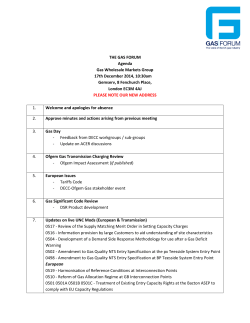
Volume Control Circuit Effect on Amplifier Performance
EJJ amps PHILLO AMPLIFIERS Vacuum Tube Amplifiers Volume Control Circuit Effect on Amplifier Performance EJ Jurich The circuit to the right shows a common volume control arrangement. The volume control R2 serves two purposes, first as the volume control and second as the vacuum tube control grid resistor. This is not the best arrangement for two reasons. First, grid current, although small in value, can cause R2 to become noisy as current flows through the wiper moving across the resistance. Second, performance of a high impedance vacuum tube stage can vary depending on the input load. As R2 rotates, the series input resistance varies between 0 ohms to the full value of R2. Common values for R2 are 500K or 1M and C1 a value from .01uf to .47uf. In essence, C1 and R2 form an adjustable series tuned circuit to the tube control grid. Because the grid is high impedance the tuning effect of C1 and R2 can resonate at audio frequencies and alter the input frequency response. Test done by this author has shown that as R2 is rotated clockwise towards full volume, frequency response varies as R2 passes through its center rotation. This tuning effect can be minimized by using a lower R2 value of 100K. A better arrangement is shown to the left. In this case C1 is between the R2 wiper and the tube input grid, C1 blocks DC grid current from flowing through the R2 wiper. An additional R4 grid resistor is required; a R4 value of 100K will lower grid input impedance reducing the effect of grid circuit components. To minimize the chance of R2 - C1 tuning effects use a R2 value of 100K. It should be noted that this tuning phenomenon is more pronounced on high gain stages.
© Copyright 2025





















